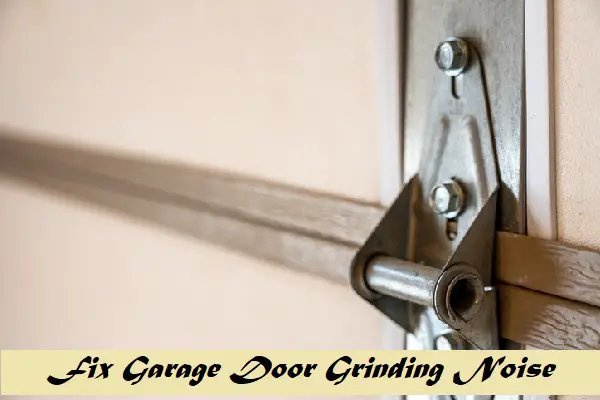
Understanding why your pocket door is making a grinding noise can help you get to the root of the problem quickly. Think of it like listening to a friend share their concern; you want to find out what’s wrong and how you can help. In this article, we’ll explore the reasons behind those annoying sounds and how you can troubleshoot and resolve them, so you can enjoy the smooth, quiet operation of your door again.
Common Causes of Grinding Noises
When your pocket door is grinding, it typically points to a few common culprits. Let’s break them down so you can pinpoint the issue.
1. Misaligned Track
Misalignment is often the first thing to consider. Just like a roller coaster that needs to be on its tracks to function, a pocket door relies on a perfectly aligned track. If the door isn’t sitting correctly, it can rub against the track, creating that grinding sound.
You might be wondering how to check for this alignment. Look at the door while it’s closed and see if it sits flush with the wall. If there’s a gap, it might be slightly off. Adjusting the screws that hold the track could help realign the door back into place.
2. Dirty or Damaged Rollers
Next up are the rollers. These little guys are crucial—they help the door slide smoothly. However, over time, dirt and debris can build up, making them grind against the track. It’s like trying to run with rocks in your shoes; it’s not pleasant!
To clean them, start by removing the door from the track. Then, use a vacuum to get rid of loose debris. A cloth with mild soap can help clean the rollers thoroughly. If they seem damaged, consider replacing them to ensure smooth operation.
Inspecting the Door System
If you’ve checked alignment and cleaned the rollers, it’s time to dig a little deeper into the overall door system.
1. Check the Hinges
Ensure that the hinges are also in good shape. If they’re rusty or worn out, they can create friction, leading to that dreaded grinding noise. It’s like when your chair squeaks every time you lean back; annoying, right?
To inspect your hinges, open the door and look closely. Lubricate them with a silicone spray or grease if they look dry. This could solve the problem almost instantly!
2. Evaluate the Door Material
The material of your pocket door can also affect its performance. For instance, a heavy wooden door may strain the track more than a lightweight one, resulting in grinding noises.
If you find your door is too heavy for the current hardware, it might be time to consider a lighter option or upgrade the track system to better support it. Sometimes, it’s just about finding the right fit for your space.
Lubrication: The Secret Fix
Here’s the thing: sometimes, a little lubrication can go a long way. Much like how oil keeps a car running smoothly, a well-lubricated pocket door can glide quietly without fuss.
1. Choosing the Right Lubricant
You might wonder what type of lubricant to use. Avoid grease that attracts dirt; instead, opt for a silicone-based spray or a dry lubricant. These options work well without leaving a sticky residue.
2. Application Process
To lubricate, follow these easy steps:
- Remove the door from the track.
- Apply the lubricant to the rollers and track.
- Slide the door back and forth a few times to distribute the lube evenly.
This process can significantly reduce grinding noises and improve the door’s overall function.
When to Call a Professional
While many issues can be addressed through DIY methods, sometimes, you might hit a wall. If you’ve tried everything and the grinding persists, it may be time to call in a professional.
1. Structural Issues
A grinding noise can hint at deeper structural problems that may require expert evaluation. This could involve elaborate repairs or replacements that are outside the scope of a simple fix.
2. Track Replacement
If the track is damaged or excessively worn, a replacement might be in order. Professionals can assess the situation accurately and ensure that everything is fitted correctly for optimal function.
Preventing Future Grinding Noises
Once you’ve resolved the grinding issue, keeping your pocket door in good shape is essential.
1. Regular Maintenance
Just like a car needs oil changes, your door needs regular maintenance. Schedule a quick inspection every few months. Check the alignment, clean the track, and lubricate the rollers.
2. Avoid Overloading
Don’t overload your pocket door with too much weight. If it’s designed for a certain weight limit, stick to it. This will keep your door operating smoothly and minimize wear and tear.
Closing Thoughts
Listening to that grinding noise can be frustrating, but understanding the causes helps you take control of the situation. By examining the alignment, cleaning the rollers, and lubricating the system, most issues can often be resolved easily. Just remember, if things start to feel a bit overwhelming or if the noise persists, don’t hesitate to call a pro. Keeping your pocket door in top shape not only enhances your home’s aesthetic but also ensures smooth and quiet operation for years to come.